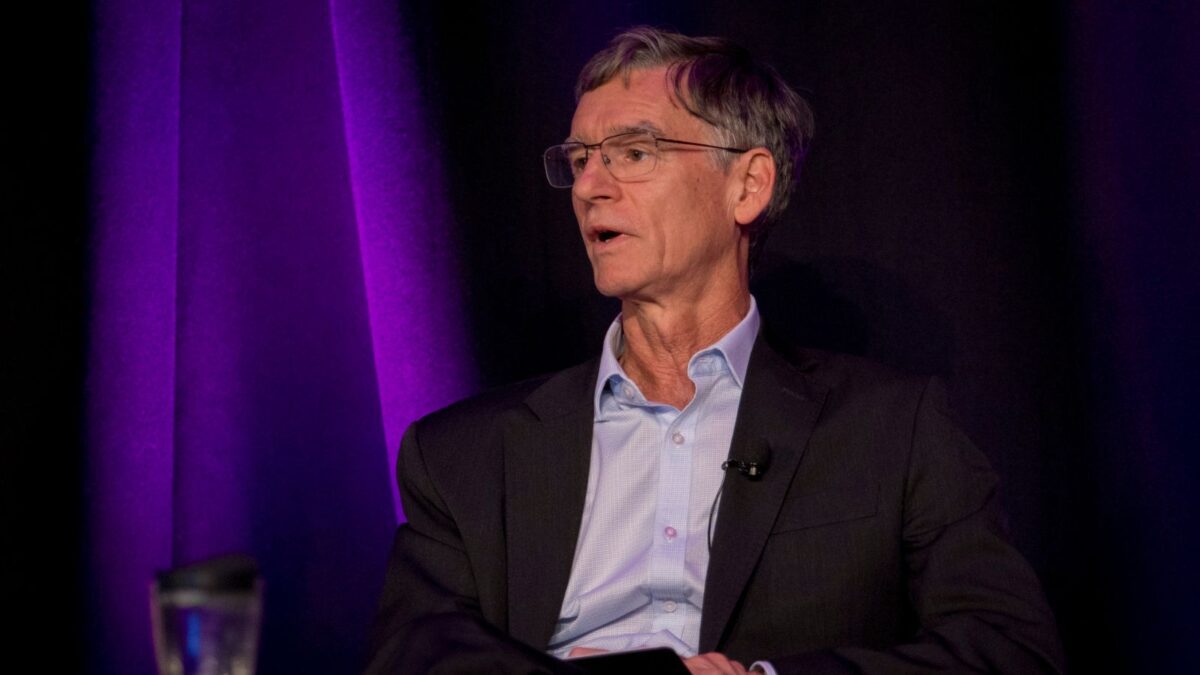Martin Currie ups the ante in Australia
Willie Watt
Martin Currie is looking to boost its institutional presence in Australia with a new push in the retirement incomes space by the former Legg Mason Australia ‘equity income’ fund and the establishment of a locally domiciled unit trust for a new global low-volatility-style fund.
Willie Watt, the Edinburgh-based global chief executive of Martin Currie was in Australia last week seeing clients and discussing strategy with the Melbourne-based Martin Currie Australia investment team. When Martin Currie became an affiliate of Legg Mason last October part of the deal was for them to take on the management of Legg’s Australian equities capabilities in the process.
Watt said: “We now have a high quality equities team with some outstanding performance here – with 15 investment professionals led by CIO Reece Birtles – and we want to grow the different variances of the range. Central to our strategy to introduce the Australian equity income fund to a much wider audience is that we believe there will be increased demand for differentiated sources of income going forward.
“Some institutions are finding they have a lot of members getting closer to retirement and those members won’t be able to pay sufficient income out of their existing capital base. The added attraction of a dividend strategy is that it tends to deliver less volatile returns which is often a better risk profile for the retiring investor. Reece was one of the first people anywhere into this space and he has built a proven proposition.”
The Martin Currie Equity Australia Income Fund was established in 2010 and has produced a total return of 13.2 per cent a year over the five years, including 6.8 per cent dividends and 2.1 per cent franking credits. The three-year total return is 19.9 per cent with 6.6 per cent dividends and 2.2 per cent franking.
Watt said that there was also increasing demand for low-volatility equity strategies. Martin Currie is developing a global version of its “hugely successful” Asian Long-Term Unconstrained Fund, which is a concentrated equities strategy that produces a beta of about 0.8 and has low volatility as an outcome. He expected this would probably be introduced to Australia via a unit trust.
Kimon Kouryialas, Singapore-based director and head of Pan-Asia sales and client service, will return permanently to Melbourne in early 2016 to take the business forward. He will continue to oversee business development across the region, including China. Kouryialas and Watt are exploring the establishment of a China investment office on their next trip together in September. The firm currently runs Asian equities from Edinburgh and Singapore and previously had a Chinese equities business on the mainland.
“I’d like to have a direct team in China again,” Watt said. While not many Australian super funds have sought out direct Chinese equity funds or mandates, Watt said there was a lot of interest from Europe and the US. Kouryialas has been visiting the big mainland investment funds, including the sovereign wealth funds, for several years.
Legg Mason handles the wealth management and retail distribution for Martin Currie globally. In Australia, head of sales for both retail and institutional for Legg Mason (Australia and NZ) is Beau Titchkosky, who has also built up his team in recent months.
Martin Currie Australia has A$4.9 billion in Australian equities across a diversified range of trusts and strategies. The firm globally has A$16.1 billion under management, while parent Legg Mason has about US$700 billion.










